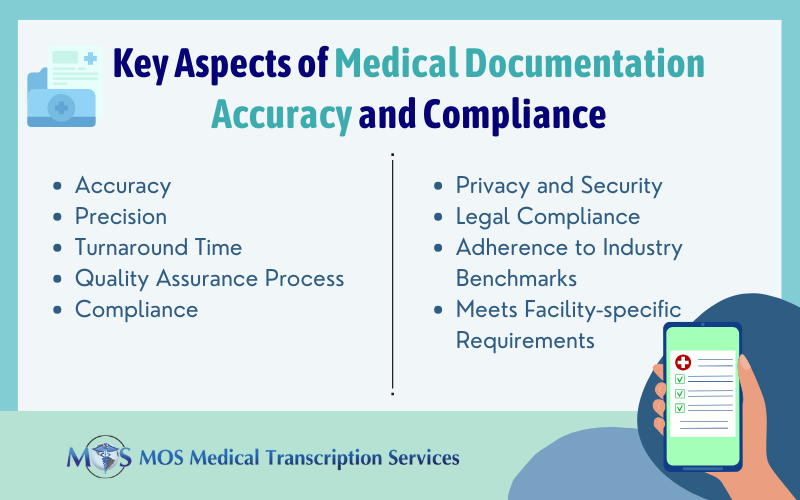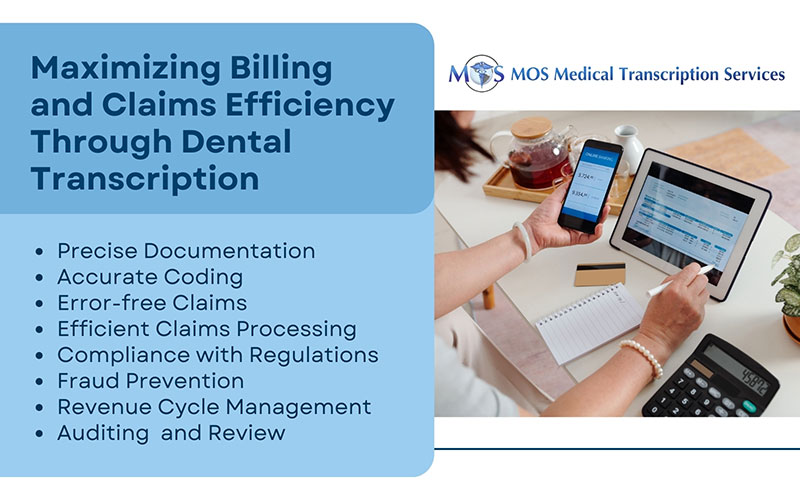 Even with the advent of the electronic health record (EHR), many physicians rely on medical transcription service companies to maintain accurate and timely health care data. Recent studies have reported that patient access to physician notes is gaining impetus. Note sharing offers many benefits:
Even with the advent of the electronic health record (EHR), many physicians rely on medical transcription service companies to maintain accurate and timely health care data. Recent studies have reported that patient access to physician notes is gaining impetus. Note sharing offers many benefits:
- Improves transparency and patient engagement, leading to better health care outcomes
- Allows for a more open dialogue between doctor and patient, which can build trust and improve patient motivation and adherence
- Makes patients feel empowered and open to discuss topics they find difficult
- Reminds patients of the physician’s care recommendations and allows them to share this information with a family member or caregiver who can help to reinforce the advice and decisions discussed with their physician
Here are some important things that physicians need to keep in mind while giving patient access to clinical notes:
-
- Give patients the options to choose settings for their online notes: OpenNotes, an initiative started in 2010 by researchers and clinicians at a well-known Boston health care center, provides patients with secure and simple access to clinical notes. Physicians who do not have access to a note sharing portal can also send mail typed or hand-written notes to patients. According to OpenNotes, physicians can maximize patient satisfaction by giving patients preference settings for their online notes:
- Use the system’s secure email or portal to inform patients when a note is ready to read
- Let patients choose the type of notification (such as after an office visit) and frequency
- Remind patients to review previous notes before their upcoming office visit
- Allow patients to opt out of the online note portal
- Make notes visible on the big screen during the patient encounter: According a recent article in Medical Economics paraphrasing James Legan, MD, a primary care physician with Northwest Physicians, Great Falls, Montana, “Mirroring a patient’s record on a TV screen makes a patient visit interactive and visually engages them in their care. It also brings in an element of transparency that enhances the patient-doctor relationship, making it more collaborative and, therefore, productive.”This strategy can also help identify potential errors in medical records and improve overall care.
- Make notes comprehensive and patient-friendly: Physicians should take care to include all the necessary details in the notes and ensure that they are accurate and can be easily understood by the patient. In the Medical Economics article, one physician says he uses bullet points to summarize the visit and provide clarity to the patient’s next steps.
- Give patients the options to choose settings for their online notes: OpenNotes, an initiative started in 2010 by researchers and clinicians at a well-known Boston health care center, provides patients with secure and simple access to clinical notes. Physicians who do not have access to a note sharing portal can also send mail typed or hand-written notes to patients. According to OpenNotes, physicians can maximize patient satisfaction by giving patients preference settings for their online notes:
Making the notes readable is also important. Physicians can rely on a professional medical transcription company to get their dictation transcribed into accurate, legible EHR notes. But notes that will be shared with the patient need to be written in patient-friendly language and tone. As patients will not understand medical terminology or abbreviations used by clinicians, these will have to be adjusted and simplified. OpenNotes is featured to provide patients with links to an online medical dictionary or another reliable resource to find medical terms.
- Maintain discretion while sharing notes: Physicians need to be careful about the kind of information they share with patients. Some patients may be offended or upset about what is written about them in the notes, which can affect the doctor-patient relationship. HIPAA compliance and liability issues are other concerns that make physicians reluctant to share notes with patients. In such cases, they can make use of the text processing and sensitive data filtering capabilities of patient portals to screen the EMR chart for any sensitive information and then avoid sharing this with the patient. They can leverage the capabilities of the platform to share only generic visit information along with intervention and plan of care information.
EHR-integrated medical transcription services are the starting point for patient note sharing. Opting to use these services saves time and ensures accurate conversion of medical record notes into text, which can then be easily converted into patient-friendly notes. Leading outsourcing companies can deliver quality transcripts for all specialties, allowing clinicians to confidently embrace the reality of open data.
Read our blog on Why Is It Important For Physicians To Share Digital Notes With Patients?


